In an era where technology evolves at a breakneck pace, 3D printing is increasingly permeating and transforming our lives, particularly in the realm of healthcare, where its potential is being realized as never before.
One of the most innovative applications of 3D printing is in the creation of orthotic insoles, which not only offers a novel solution for conservative treatments of foot ailments but also significantly elevates the level of personalized medical care. This article delves into the principles behind 3D printed orthotic insoles and the revolutionary changes they herald.
As the tempo of modern life accelerates and work pressures mount, foot health issues have become more pronounced, including conditions such as flat feet, arch pain, and plantar fasciitis.
Traditionally, the fabrication of orthotic insoles relied heavily on manual measurements and subjective judgment, making true personalization elusive. However, the introduction of 3D printing technology has provided a breakthrough in addressing this challenge.
Through high-precision scanning, data analysis, and intelligent design, 3D printed orthotic insoles achieve a level of accuracy that delivers unparalleled comfort and therapeutic outcomes to patients.
The Application Principles of 3D Printed Orthotic Insoles
1. Precise Data Collection and Analysis
The production of 3D printed orthotic insoles begins with precise data collection about the patient's foot. Utilizing foot scanners and pressure mapping devices, comprehensive information regarding the patient's foot shape, pressure distribution, and other critical details can be captured. These data are then fed into specialized design software for detailed analysis.
This process takes into account not just the static anatomy of the foot but also dynamic gait analysis, ensuring that the insole design fully accommodates the patient's walking habits and requirements.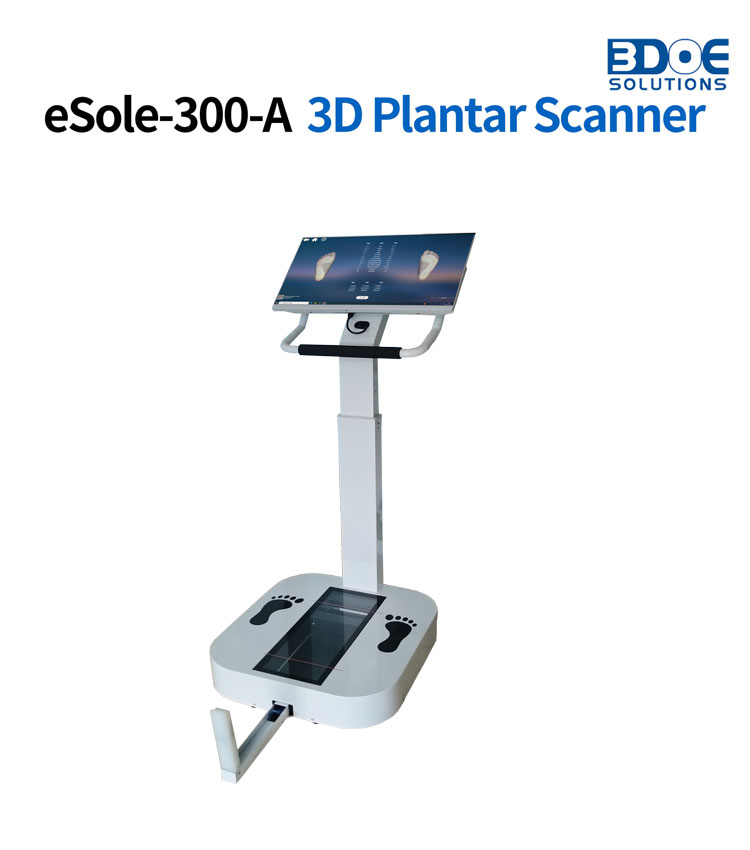
2. Personalized Design and Customization
Based on the results of data analysis, designers use professional software to create a custom insole model tailored specifically to the patient.
This process takes into consideration factors such as arch height, foot width, length, and pressure distribution, ensuring that the insole provides the right amount of support and corrective action. Additionally, designers can fine-tune parameters such as material type, stiffness, and thickness according to the specific condition and comfort needs of the patient, achieving optimal therapeutic benefits.
The application of 3D printed orthotic insoles not only provides patients with more accurate and effective treatment options but also propels foot health management into a new era. By regularly monitoring and evaluating the patient's foot condition, doctors can promptly adjust the insole design to adapt to changes in the patient's condition.
3. 3D Printing and Post-Processing
Following personalized design, 3D printers begin the layer-by-layer production of the insole according to the model data.
This process employs high-precision deposition or curing techniques, ensuring that each layer of the insole accurately aligns to form a robust, cohesive structure. After printing, a series of post-processing steps are required, including smoothing, cleaning, and sterilization, to ensure the insole's comfort and safety.
The application of 3D printed orthotic insoles not only furnishes patients with more precise and efficacious treatment methods but also catalyzes a comprehensive upgrade in foot health management. By reducing the cost of producing orthotic insoles, this technology makes treatment more accessible to a broader range of patients. More importantly, as the technology matures and becomes more widespread, 3D printed orthotic insoles are poised to play a crucial role in preventing foot diseases and promoting healthy walking.
As a groundbreaking achievement in the medical technology field, 3D printed orthotic insoles are reshaping the landscape of foot health treatment through their unique advantages.
By combining precise data collection, personalized design, and 3D printing technology, this innovative product delivers an unprecedented treatment experience and rehabilitation outcomes to patients.

 +86-0755-86131192
+86-0755-86131192 2024-08-15
2024-08-15 Back to list
Back to list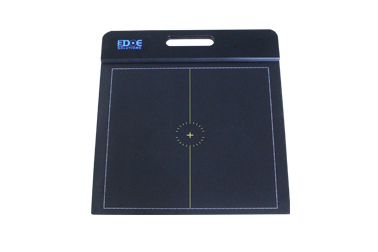
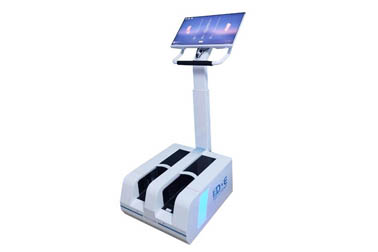
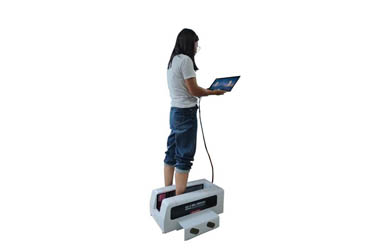
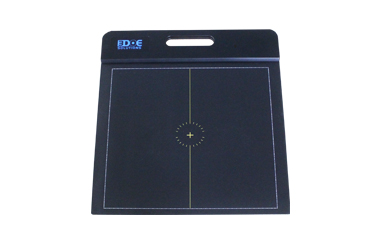

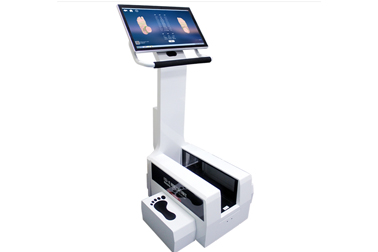



 +86-0755-86131192
+86-0755-86131192